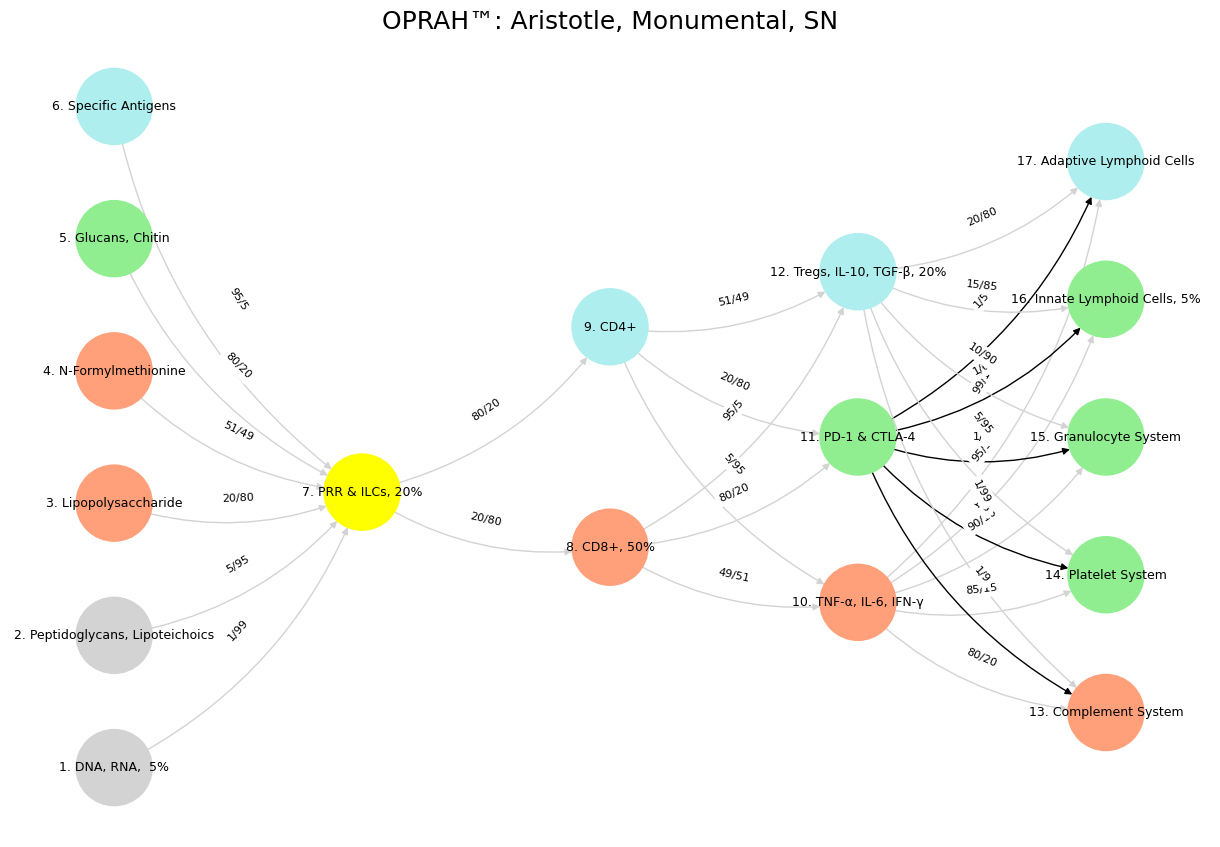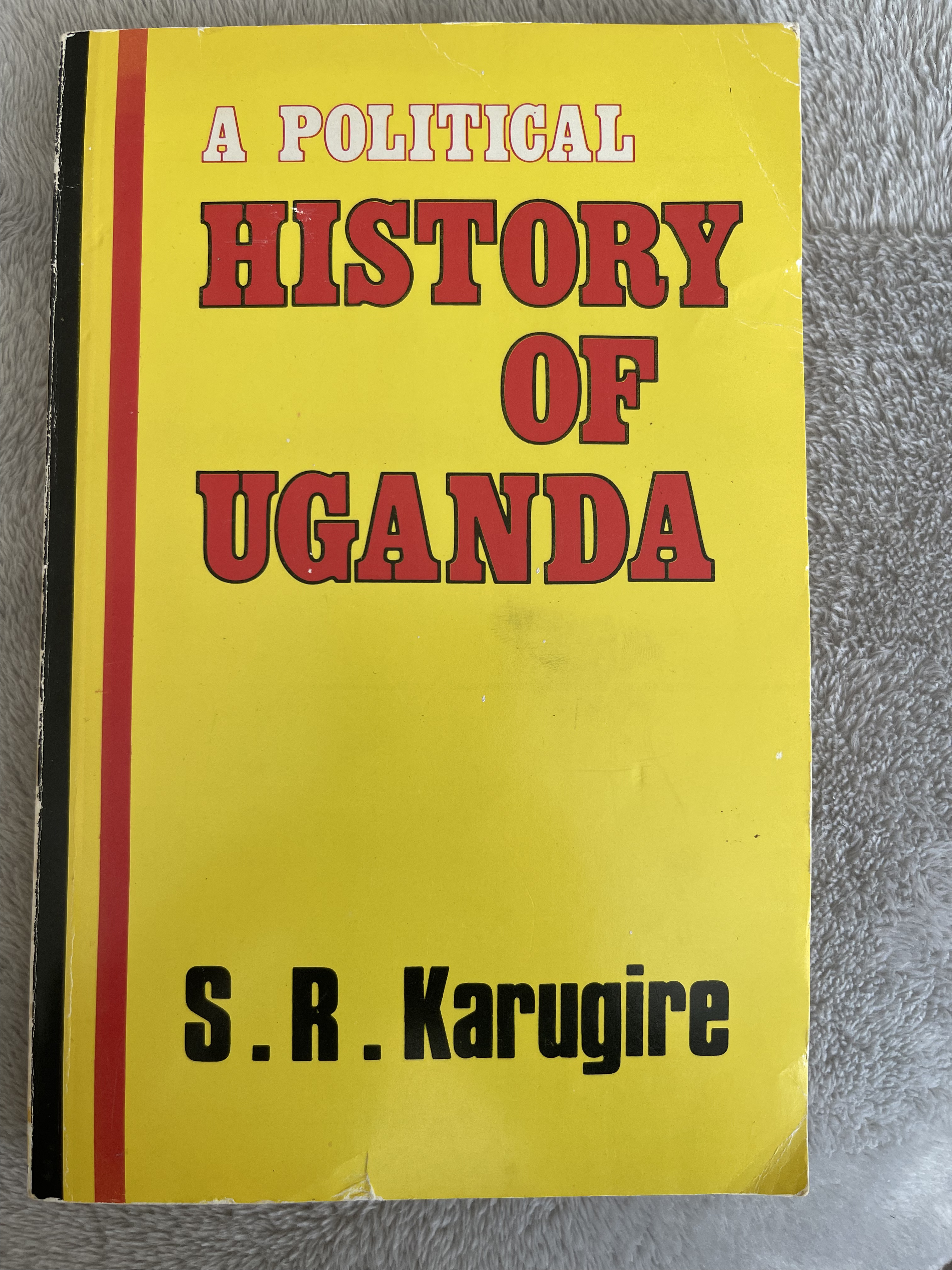Ecosystem#
The emergence of agent banking as a critical tool in humanitarian finance represents a radical shift in how financial ecosystems respond to crises. It operates within a dynamic capability framework that aligns with the structure of both the immune system and neural networks, offering a fascinating metaphor for understanding resilience, disruption, and adaptation. The STADR model—Situation, Task, Action, Dynamism, Results—mirrors the immune system’s ability to appraise threats, mobilize resources, and recalibrate responses while maintaining structural integrity. Within this framework, the question of agent banking becomes an inquiry into how small, distributed networks can be leveraged to sustain financial liquidity in environments of extreme volatility, particularly in displaced communities such as those in Maiduguri, Northern Nigeria.

Fig. 8 Hubris. The function of hubris in tragedy is to interrogate static vs. dynamic equilibria. Should we expect Mozartean cadences or eternally recurrent Wagnarian melodies? Should the trial and error ever end? Should we ever decelerate –rest– from the Red Queen Hypothesis? Do immutable laws from the cosmos demand immutable laws in our physics, biology, and intelligence if ever our loss is to be optimized?#
In a crisis, liquidity does not merely signify financial capital; it represents the ability of a system to adapt and survive in real time. Traditional banking infrastructures operate within a rigid, centralized framework, much like a task-positive neural network—highly efficient at processing predictable inputs but prone to collapse when external shocks exceed its design parameters. The COVID-19 pandemic exemplified this vulnerability, exposing rigid financial architectures that could not swiftly pivot to meet the needs of communities outside formal economic circuits. This is where agent banking, a kind of financial salience network, plays a crucial role. Unlike centralized banking institutions, agent banking thrives on local adaptability, leveraging micro-networks of trusted intermediaries who act as nodes of financial liquidity in otherwise disconnected environments.
Distributed Network
Server
Client
Agent
Decentralized
Mesh
Nietzsche’s framework of history—antiquarian, critical, and monumental—provides a compelling lens through which to examine the evolution of financial networks in humanitarian settings. Traditional banking systems operate largely within an antiquarian mode, governed by established precedents, institutional memory, and legacy structures that anchor financial interactions within predefined parameters. This antiquarianism, while valuable in periods of stability, becomes an impediment during systemic shocks. The critical mode of history, in contrast, manifests in the NGO-driven financial interventions that attempt to subvert existing infrastructures by introducing alternative mechanisms such as mobile banking, cash-transfer programs, and decentralized networks. While these interventions are necessary, they often fail to build a sustainable financial architecture that integrates into the existing ecosystem. Critical history, if applied too aggressively, risks erasing the infrastructural memory that once provided coherence, much like an autoimmune disorder attacking what was once ‘self.’
A truly effective financial system in crisis settings must instead operate within a monumental framework—one that selectively integrates antiquarian stability, critical adaptability, and dynamic capability. This is where the ‘D’ in STADR becomes essential: Dynamism. Just as the immune system dynamically appraises threats, distinguishing between beneficial and harmful foreign agents, agent banking must navigate the complex terrain of trust, liquidity, and risk mitigation. The challenge in Maiduguri, for instance, was not merely distributing cash but ensuring that the network through which cash flowed remained robust against predation, corruption, and logistical breakdown. The presence of hard cash in insecure environments introduces vulnerabilities akin to unregulated inflammation within a biological system—if unchecked, it risks cascading into chaos, much like cytokine storms in immune pathology.
The role of agent banking, then, is akin to the function of regulatory T-cells (Tregs) in immunology. These actors modulate response intensity, ensuring that financial interventions do not escalate into disorderly or adversarial equilibria. An effective agent banking system relies on a small, trusted network of intermediaries who, much like Tregs, maintain equilibrium within the ecosystem. These financial mediators, often local community leaders, microfinance institutions, and small business owners, act as buffers between the influx of capital and the potential for economic distortion. They must navigate the fundamental paradox of humanitarian finance: how to introduce liquidity into a system without causing inflationary instability or exacerbating existing inequalities.
STAR-system
Situation (COVID)
Task (Internally displaced, N Nigeria)
Actions (deliver cash using network of partners, local community, microfinance, innovative cash transfers, register recipients)
Dynamism (ecosystem … disruption in ecosystem) ; small networks of trusted partners to receive cash-disbursement; agent banking?? Mediator and risks, with liquidity in form of a car with cash — risks of hard cash, armored vehicles
Results (Were able to impact 10,000 families who would have gone without food and medicine in pandemic)
At the neural level, this maps onto the Default Mode Network (DMN), Task-Positive Network (TPN), and the Salience Network (SN). The default financial network in crisis-affected areas is often fragmented, operating within a survivalist paradigm where trust is localized, and transactions are informal. The task-positive intervention of NGOs and financial institutions introduces external liquidity, structuring financial flows through measurable indicators of impact—number of families reached, volume of disbursements, transaction efficiency. But without a salient network to mediate between the two, these interventions often fail to achieve systemic integration. A financial salience network, therefore, must emerge—one that can discern which financial structures are worth preserving, which require critical modification, and which must be eliminated due to inefficiency or susceptibility to corruption.
The case of Maiduguri illustrates this delicate balance. During the pandemic, large-scale cash disbursements faced logistical and security challenges, including the physical transportation of money in armored vehicles—an operation reminiscent of military supply chains. The security risks of hard cash introduced an adversarial component, as liquidity itself became a target for criminal elements. The solution was not to abandon cash transfers but to embed them within localized agent banking networks, effectively distributing liquidity across multiple nodes rather than concentrating it in single, vulnerable locations. This decentralized model aligns with how biological systems prevent catastrophic failure: redundancy is built into the system, ensuring that the failure of one node does not collapse the entire structure.
Looking ahead, Africa’s financial resilience in the 21st century will depend on its ability to cultivate a financial salience network that dynamically integrates traditional banking infrastructure with emerging financial technologies. Mobile money, cryptocurrency, decentralized finance (DeFi), and microfinance institutions must not be seen as antagonistic to legacy banking systems but as essential components of a more adaptive, immune-like financial architecture. The STADR model is not merely an evaluation tool for NGO-driven financial interventions; it is a framework for designing systems that can withstand volatility, absorb disruption, and recalibrate in real-time.
Ultimately, the lesson from both immunology and neural networks is clear: systems that fail to integrate new inputs risk stagnation, but those that indiscriminately embrace disruption risk losing coherence. The future of agent banking, much like the future of financial resilience in Africa, depends on striking this balance. It must cultivate a monumental financial history—one that neither fetishizes antiquarian stability nor becomes enslaved to critical upheaval, but instead fosters a self-regulating, self-aware system capable of discerning what must be preserved, what must be adapted, and what must be discarded.
Show code cell source
import numpy as np
import matplotlib.pyplot as plt
import networkx as nx
# Define the neural network layers
def define_layers():
return {
'Suis': ['DNA, RNA, 5%', 'Peptidoglycans, Lipoteichoics', 'Lipopolysaccharide', 'N-Formylmethionine', "Glucans, Chitin", 'Specific Antigens'],
'Voir': ['PRR & ILCs, 20%'],
'Choisis': ['CD8+, 50%', 'CD4+'],
'Deviens': ['TNF-α, IL-6, IFN-γ', 'PD-1 & CTLA-4', 'Tregs, IL-10, TGF-β, 20%'],
"M'èléve": ['Complement System', 'Platelet System', 'Granulocyte System', 'Innate Lymphoid Cells, 5%', 'Adaptive Lymphoid Cells']
}
# Assign colors to nodes
def assign_colors():
color_map = {
'yellow': ['PRR & ILCs, 20%'],
'paleturquoise': ['Specific Antigens', 'CD4+', 'Tregs, IL-10, TGF-β, 20%', 'Adaptive Lymphoid Cells'],
'lightgreen': ["Glucans, Chitin", 'PD-1 & CTLA-4', 'Platelet System', 'Innate Lymphoid Cells, 5%', 'Granulocyte System'],
'lightsalmon': ['Lipopolysaccharide', 'N-Formylmethionine', 'CD8+, 50%', 'TNF-α, IL-6, IFN-γ', 'Complement System'],
}
return {node: color for color, nodes in color_map.items() for node in nodes}
# Define edge weights
def define_edges():
return {
('DNA, RNA, 5%', 'PRR & ILCs, 20%'): '1/99',
('Peptidoglycans, Lipoteichoics', 'PRR & ILCs, 20%'): '5/95',
('Lipopolysaccharide', 'PRR & ILCs, 20%'): '20/80',
('N-Formylmethionine', 'PRR & ILCs, 20%'): '51/49',
("Glucans, Chitin", 'PRR & ILCs, 20%'): '80/20',
('Specific Antigens', 'PRR & ILCs, 20%'): '95/5',
('PRR & ILCs, 20%', 'CD8+, 50%'): '20/80',
('PRR & ILCs, 20%', 'CD4+'): '80/20',
('CD8+, 50%', 'TNF-α, IL-6, IFN-γ'): '49/51',
('CD8+, 50%', 'PD-1 & CTLA-4'): '80/20',
('CD8+, 50%', 'Tregs, IL-10, TGF-β, 20%'): '95/5',
('CD4+', 'TNF-α, IL-6, IFN-γ'): '5/95',
('CD4+', 'PD-1 & CTLA-4'): '20/80',
('CD4+', 'Tregs, IL-10, TGF-β, 20%'): '51/49',
('TNF-α, IL-6, IFN-γ', 'Complement System'): '80/20',
('TNF-α, IL-6, IFN-γ', 'Platelet System'): '85/15',
('TNF-α, IL-6, IFN-γ', 'Granulocyte System'): '90/10',
('TNF-α, IL-6, IFN-γ', 'Innate Lymphoid Cells, 5%'): '95/5',
('TNF-α, IL-6, IFN-γ', 'Adaptive Lymphoid Cells'): '99/1',
('PD-1 & CTLA-4', 'Complement System'): '1/9',
('PD-1 & CTLA-4', 'Platelet System'): '1/8',
('PD-1 & CTLA-4', 'Granulocyte System'): '1/7',
('PD-1 & CTLA-4', 'Innate Lymphoid Cells, 5%'): '1/6',
('PD-1 & CTLA-4', 'Adaptive Lymphoid Cells'): '1/5',
('Tregs, IL-10, TGF-β, 20%', 'Complement System'): '1/99',
('Tregs, IL-10, TGF-β, 20%', 'Platelet System'): '5/95',
('Tregs, IL-10, TGF-β, 20%', 'Granulocyte System'): '10/90',
('Tregs, IL-10, TGF-β, 20%', 'Innate Lymphoid Cells, 5%'): '15/85',
('Tregs, IL-10, TGF-β, 20%', 'Adaptive Lymphoid Cells'): '20/80'
}
# Define edges to be highlighted in black
def define_black_edges():
return {
('PD-1 & CTLA-4', 'Complement System'): '1/9',
('PD-1 & CTLA-4', 'Platelet System'): '1/8',
('PD-1 & CTLA-4', 'Granulocyte System'): '1/7',
('PD-1 & CTLA-4', 'Innate Lymphoid Cells, 5%'): '1/6',
('PD-1 & CTLA-4', 'Adaptive Lymphoid Cells'): '1/5',
}
# Calculate node positions
def calculate_positions(layer, x_offset):
y_positions = np.linspace(-len(layer) / 2, len(layer) / 2, len(layer))
return [(x_offset, y) for y in y_positions]
# Create and visualize the neural network graph
def visualize_nn():
layers = define_layers()
colors = assign_colors()
edges = define_edges()
black_edges = define_black_edges()
G = nx.DiGraph()
pos = {}
node_colors = []
# Create mapping from original node names to numbered labels
mapping = {}
counter = 1
for layer in layers.values():
for node in layer:
mapping[node] = f"{counter}. {node}"
counter += 1
# Add nodes with new numbered labels and assign positions
for i, (layer_name, nodes) in enumerate(layers.items()):
positions = calculate_positions(nodes, x_offset=i * 2)
for node, position in zip(nodes, positions):
new_node = mapping[node]
G.add_node(new_node, layer=layer_name)
pos[new_node] = position
node_colors.append(colors.get(node, 'lightgray'))
# Add edges with updated node labels
edge_colors = []
for (source, target), weight in edges.items():
if source in mapping and target in mapping:
new_source = mapping[source]
new_target = mapping[target]
G.add_edge(new_source, new_target, weight=weight)
edge_colors.append('black' if (source, target) in black_edges else 'lightgrey')
# Draw the graph
plt.figure(figsize=(12, 8))
edges_labels = {(u, v): d["weight"] for u, v, d in G.edges(data=True)}
nx.draw(
G, pos, with_labels=True, node_color=node_colors, edge_color=edge_colors,
node_size=3000, font_size=9, connectionstyle="arc3,rad=0.2"
)
nx.draw_networkx_edge_labels(G, pos, edge_labels=edges_labels, font_size=8)
plt.title("OPRAH™: Aristotle, Monumental, SN", fontsize=18)
plt.show()
# Run the visualization
visualize_nn()

Fig. 9 Adaptation: Dynamic Capability including Tregs, PD-1, TNF-α. For the eyes of the Lord run to and fro throughout the whole earth, to shew himself strong in the behalf of them whose heart is perfect toward him. Herein thou hast done foolishly: therefore from henceforth thou shalt have wars. Source: 2 Chronicles 16: 8-9. The grammar of these visuals is plain: there’s a space & time for the cooperative rhythm, transactional, and adversarial. The antiquarian mode’s great error is in reverence as an end in-its-self, a static mode tied to historical victories and successes. This risks failing to recognize when elements of “self” need appraisal in case viral or malignant transformation have rendered them adversarial. But it also activately protects “self” in the midst of hightened vigilance, via a TPN PD-L1.#

